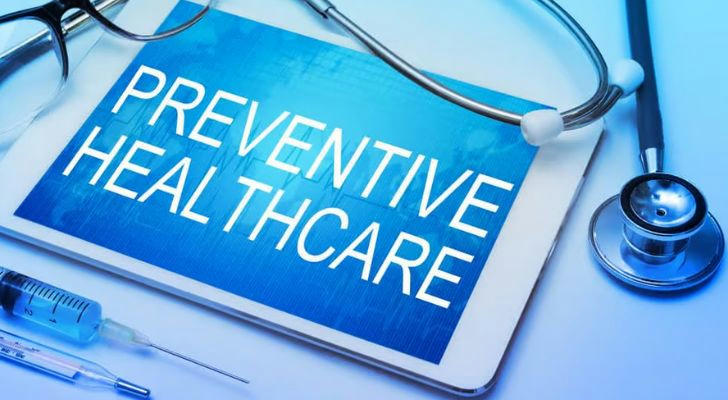Preventive Care Myths: What's Actually Free Under Your Plan
Many Americans skip doctor visits thinking they'll rack up huge bills—even for preventive care. But here's the truth: the Affordable Care Act (ACA) requires most health insurance plans to cover key preventive services at no cost to you. So why do people still get surprise bills? Let's bust the myths and break down what preventive care actually includes.
Myth #1: "Nothing Is Ever Really Free in Healthcare"
Reality: Under the ACA, a wide range of preventive services are 100% covered with no copay, deductible, or coinsurance when delivered by an in-network provider.
Examples of Free Services:
- Annual checkups (a.k.a. "wellness visits")
- Blood pressure, cholesterol, and diabetes screenings
- Vaccinations (flu, COVID-19, tetanus, HPV, etc.)
- Cancer screenings (mammograms, colonoscopies, cervical exams)
- Mental health screenings (depression, substance use)

Myth #2: "If I Get a Bill, It Means It Wasn’t Preventive"
Reality: Billing depends on how the visit or procedure is coded.
Common Pitfall:
If you go in for a free annual exam but mention a new health concern (like back pain), the visit might be billed as preventive + diagnostic, and you may be charged for the diagnostic portion.
Tip: If you're only there for a preventive visit, say so clearly when scheduling and checking in.
Myth #3: "Preventive = Physical Exam Only"
Reality: Preventive care includes dozens of services based on your age, gender, and health risk.
Covered Services Include:
- For women: Birth control, breast cancer screening, prenatal visits
- For children: Developmental screenings, autism evaluations, vaccinations
- For men: Abdominal aortic aneurysm screening (age 65+), prostate counseling
Pro Tip: Use the "Preventive Services Tool" on your insurer's site to see what's covered for your demographic.
Myth #4: "Colonoscopy Is Only Free If I’m Over 50"
Reality: New ACA guidelines now include screening colonoscopies for adults aged 45-75, with no cost-sharing.
BUT if the doctor finds a polyp and removes it, some plans may code it as a procedure, which can trigger billing. Confirm coding policy with your provider beforehand.
Myth #5: "Flu Shots Are Only Free at a Doctor’s Office"
Reality: Vaccines administered at in-network pharmacies are covered too.
That means you can walk into a CVS, Walgreens, or grocery store pharmacy and get your annual flu shot, shingles shot, or COVID booster at no cost.
Myth #6: "You Need to Be Sick to Use Insurance"
Reality: The whole point of preventive care is to stay ahead of illness. Regular screenings can catch issues early when they’re more treatable—and cheaper.
Financial Bonus: Early detection through preventive care saves an average of $3,200 per person on long-term healthcare costs (CDC).
Myth #7: "Preventive Care Is the Same at Every Age"
Reality: Preventive recommendations vary greatly by life stage.
Sample Timeline:
- Infants: 12+ immunizations by age 2
- Teens: Depression screening, HPV vaccine
- Adults 20s-40s: STI screening, blood pressure check
- Seniors: Fall prevention counseling, bone density tests

Final Word: Maximize Your Benefits
Your health plan is legally required to give you access to dozens of preventive services at no cost. Yet millions leave these benefits unused.
Checklist Before You Go:
- ✅ Choose an in-network provider
- ✅ Specify it’s a "preventive visit"
- ✅ Review your plan’s preventive care list
Understanding what's actually free under your insurance plan isn't just empowering—it's financially smart. So go ahead, schedule that checkup. You've already paid for it.
